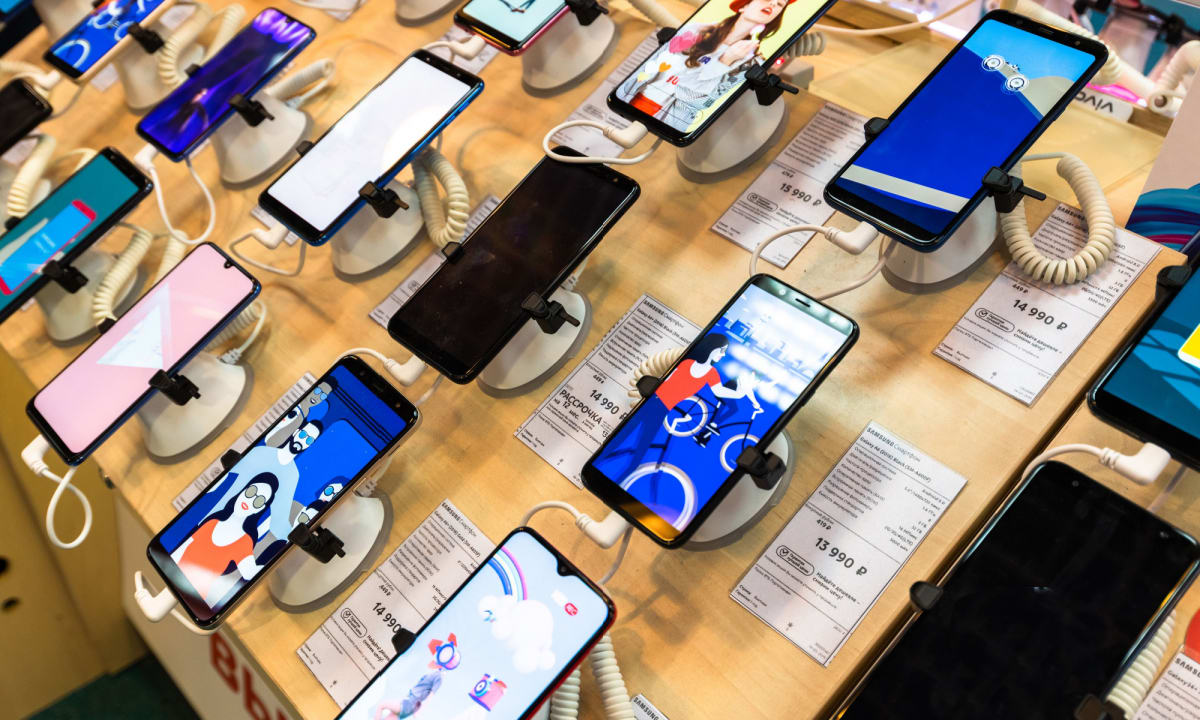Buy a Phone and Pay Later: How instalment options work and what to consider
Many retailers and mobile networks now let customers buy a smartphone and spread the cost over time rather than pay the full amount up front. These options range from short interest-free instalments to longer-term finance or device plans tied to a mobile contract. Understanding how each model works, what checks are carried out, typical costs and your consumer rights can help you choose a solution that fits your budget and avoids avoidable charges or credit issues.

How “buy now, pay later” phone plans typically work
Buy-now-pay-later (BNPL) options for phones generally split the purchase into scheduled instalments or roll the handset cost into a monthly service contract. Short-term BNPL providers let you pay in a few equal instalments, often without interest if paid on time. Network device plans and retailer finance spread payments over a longer term, sometimes bundled with airtime or insurance. Agreements will set the number of payments, due dates and consequences for missed payments. Read the contract terms closely to know whether early repayment or upgrades are allowed and whether additional fees apply.
Who can apply and what checks are performed
Providers usually require basic identity and residency details and perform some form of credit or affordability check. These checks vary from light soft credit checks for short-term instalments to full credit searches for longer finance agreements. Lenders assess income, existing debts and recent credit history to decide eligibility and set terms. An affordability check helps determine what monthly payment you can reasonably manage; failing to pass this check may result in declined applications or an offer with different terms. If you have limited credit history, some providers offer tailored options but possibly with stricter repayment conditions.
Costs, fees and what to watch for
Costs can range from genuinely interest-free instalments to finance with an APR applied. Short instalment plans are often 0% where the provider or retailer subsidises the offer, but late fees or default charges may apply. Longer-term credit or network device plans can attract interest or higher effective costs due to added service packages. Also watch out for upfront activation or delivery fees, insurance add-ons, and early termination charges if the phone is tied to a contract. Keep a clear record of payment dates and amounts to avoid accidental late payments that can incur penalties.
Common contract terms and protections
Contracts will outline the payment schedule, the total repayable amount, any interest or fees, and your rights around returns, repairs and cancellations. Consumer protections vary by contract type: credit agreements are regulated and provide rights around cooling-off periods and affordability safeguards, while some informal BNPL arrangements may offer fewer protections. If a handset is faulty, separate consumer law and the retailer’s warranty apply; however, finance or BNPL obligations typically remain until the debt is settled. Check whether the provider reports to credit reference agencies, since missed payments may affect your credit score.
Price comparison of providers and typical cost examples
| Product/Service | Provider | Cost Estimation |
|---|---|---|
| Short-term instalments (3–4 payments) | Klarna, Clearpay, PayPal Pay in 3 | Often interest-free for 3–4 instalments; late fees may apply. |
| Retail credit / store finance | Currys, AO, John Lewis finance | Representative APRs vary; promotions may offer 0% for limited terms; typical APR range 0–24% depending on credit decision. |
| Network device plans | Vodafone, EE, O2 | Device cost spread over 24 months with airtime; can be interest-free promotions or include APR around 0–18% depending on plan and credit checks. |
| Upgrade / leasing programmes | Carrier upgrade schemes, lease-to-own offers | Monthly payments often include device and protection; total cost depends on term length and buyback/upgrade options. |
Prices, rates, or cost estimates mentioned in this article are based on the latest available information but may change over time. Independent research is advised before making financial decisions.
Risks, responsible borrowing and practical tips
Using a pay-later option can help with cash flow but carries risks if payments are missed or terms are unclear. Before committing, compare the total repayable amount rather than only the monthly instalment, check whether the agreement affects your credit record and consider whether you can absorb the commitment if your circumstances change. Keep documentation of the agreement, set up direct debits or reminders for payments, and avoid stacking multiple financing products. If you’re unsure about any clause, ask the provider for a written summary or seek independent financial guidance.
Conclusion
Buying a phone with a pay-later option can be convenient, but the different models—short instalments, retailer credit, network device plans and leasing—vary in cost, checks and protections. Review contract terms carefully, compare total costs across providers, and consider how the payment schedule fits your budget to choose an approach that balances convenience with financial responsibility.




